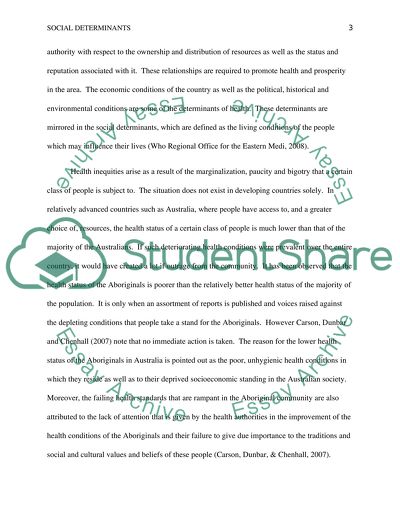Cite this document
(Social Determinants of Health Coursework Example | Topics and Well Written Essays - 1500 words, n.d.)
Social Determinants of Health Coursework Example | Topics and Well Written Essays - 1500 words. https://studentshare.org/social-science/1570184-social-determinants-of-health
Social Determinants of Health Coursework Example | Topics and Well Written Essays - 1500 words. https://studentshare.org/social-science/1570184-social-determinants-of-health
(Social Determinants of Health Coursework Example | Topics and Well Written Essays - 1500 Words)
Social Determinants of Health Coursework Example | Topics and Well Written Essays - 1500 Words. https://studentshare.org/social-science/1570184-social-determinants-of-health.
Social Determinants of Health Coursework Example | Topics and Well Written Essays - 1500 Words. https://studentshare.org/social-science/1570184-social-determinants-of-health.
“Social Determinants of Health Coursework Example | Topics and Well Written Essays - 1500 Words”. https://studentshare.org/social-science/1570184-social-determinants-of-health.


